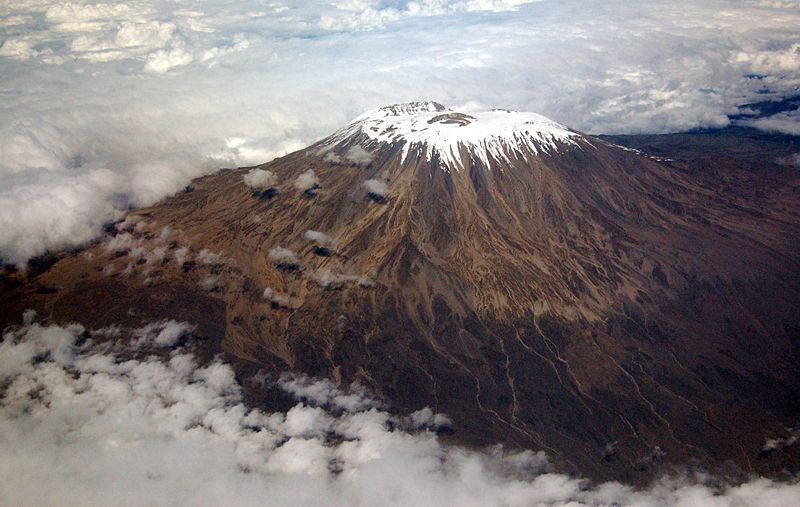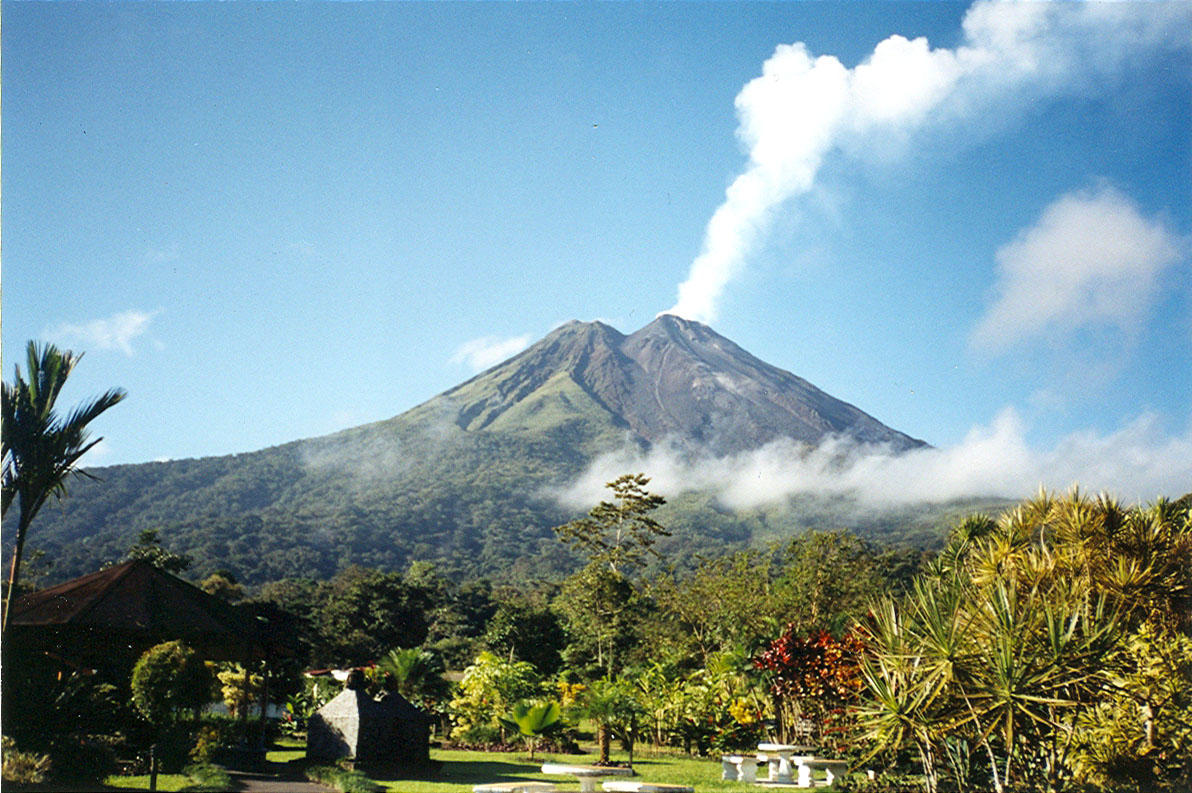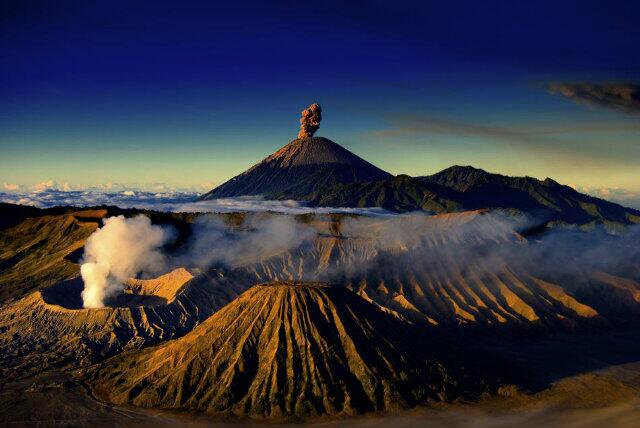Ever looked up a towering volcano and felt both terror and awe at the same time? There are numerous volcanoes around the world that are famed for their beautiful but deadly nature. Volcanoes are also a magnet for adventurous climbers and visitors. Dreaming of conquering the great heights of a volcano? Here are ten amazing volcanoes that are worth visiting.
Kilimanjaro, Tanzania

Elevated at 5,895 meters, Kilimanjaro is Africa’s highest mountain and is also the world’s highest free-standing mountain. The volcano, though dormant, has three distinctive cones and is a sacred place for the Chagas. Despite its elevation, Kilimanjaro is easy to climb. Every year, around 20,000 climbers visit the place. The Kilimanjaro National Park is also rich in biodiversity and is home to many animal species.
Mt. Etna, Italy

This active volcano in the heart of the island of Sicily constantly spits ash and lava. This volcano, which is said to be the home of the mythical Cyclops, has a snow-covered peak, with craters offering around 400 unforgettable views. With an elevation of 3,329 meters, Mt. Enta stands as one of the tallest peaks in Europe. Jeep tours and cable car service are offered for tourists who could not scale the volcano. It has been included in UNESCO’s World Heritage Sites.
Thrihnukagigur, Iceland

Dormant for more than 4,000 years, the volcano is not likely to be active in the near future. Thrihnukagigur, which is translated to Three Peaks Crater, is the only volcano in the world that can be explored on the inside through a 120-meter-deep primary crater. It is now protected as part of the Bláfjöll Country Park. June to August is the best period of the year to visit the volcano.
Popocatepetl Volcano, Mexico

Also known as El Popo, Popocatepetl Volcano is one of the most active volcanoes in Mexico. Its name in Nahuatl translates to Smoking Mountain. It has periodic eruptions, with the most recent in 2013. The volcano is part of a national park that houses the sixteenth-century monasteries built by the Spanish monks on the slopes of the volcano. The volcano and the national park are now listed among UNESCO’s World Heritage Sites.
Mt. St. Helens, USA

Mt. St. Helens notoriously erupted in 1980, taking fifty-seven lives and flattening an area of 600 square kilometers around it. As one of the most active volcanoes in the United States, the volcano and its surrounding places are preserved as part of the Mt. St. Helens National Volcanic Monument, which attracts thousands of visitors every year. Visitors can get as close as 6.4 kilometers to the crater. The Mount St. Helens Visitor Center was established in 1987 and the Johnston Ridge Observatory in 1997 to provide cultural and geological information regarding the volcano.
Krakatoa, Indonesia

Karakatoa of Indonesia is part of the Ujung Kulon National Park. Its most violent eruption happened in 1883, which killed around 35,000 people and destroyed an entire island, however, forming new ones. The new island formed, named Anak Krakatua (Child of Krakatoa), has been a popular attraction since its formation in 1930. Boat trips and fishing in the lagoons are among the favorite activities of the visitors.
Mt. Fuji, Japan

Mount Fuji is not only an attraction to many visitors but is also one of Japan’s cultural and historical symbols. With a snow-capped peak and the five surrounding lakes, Fuji is an active strato-volcano. It last erupted in 1707. It is the tallest peak in Japan. It is now a part of Fuji-Hakone-Izu National Park and attracts around 3,000,000 climbers annually. The best months to visit are from June to August.
Arenal Volcano, Costa Rica

This active volcano frequently spits out lava. It last erupted in 1968 and almost destroyed the town of Tabacon, an ideal spot to watch the flowing lava. The volcano is surrounded by the Arenal Volcano National Park. Aside from the flora and fauna, tourists can enjoy trekking, rafting, swimming, and mountain bike riding. There are also numerous hot springs in the park to dip in to.
Mt. Vesuvius, Italy

Situated in the Bay of Naples, Vesuvius is notoriously known for its eruption in 79 AD that erased the towns of Pompeii and Herculaneum. It is the only active volcano in the continental Europe, with its last eruption in 1944. The volcano is now part of the Vesuvius National Park and has significant mythological and cultural role. The ruins of Pompeii and the lava sediments and the beautiful view of the Bay of Naples are what attract tourists from all around the world.
Mt. Bromo, Indonesia

Mount Bromo is part of the Bromo Tengger Semeru National Park in East Java and is one of the most popular volcanoes in Southeast Asia. It was named after the Hindu god Brahma because of its cultural importance. The locality is inhabited by Tenggerese people who, during the festival of Yadnya Kasada, ascend the volcano and throw vegetables and fruit (sometimes livestock) into the caldera to appease the gods. Watching the sunrise from the mountain is a popular activity. Since it is an active landform, visits are often limited.
You might also want to read the following articles about volcanoes and mountains:
10 Most Deadly Volcanoes on Earth
